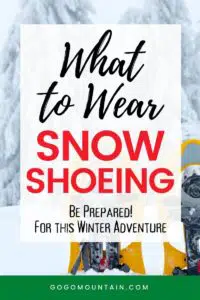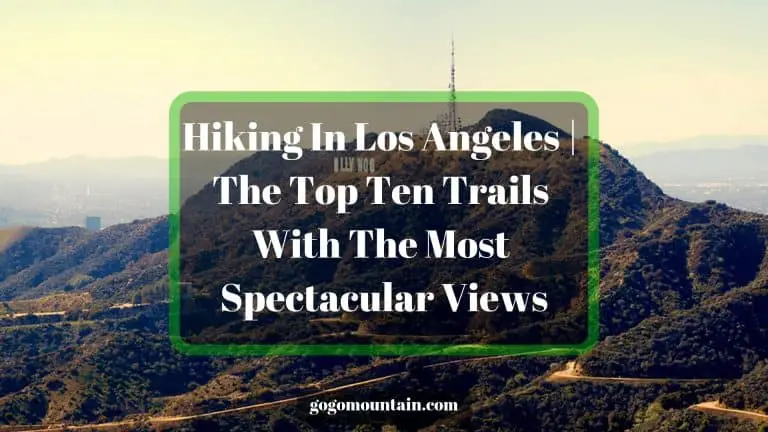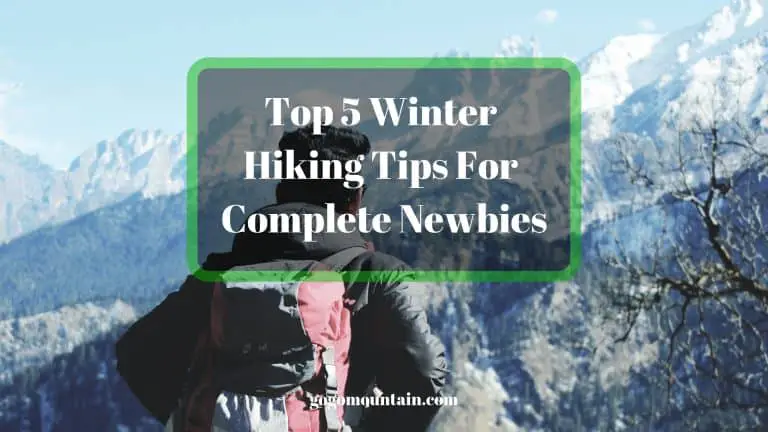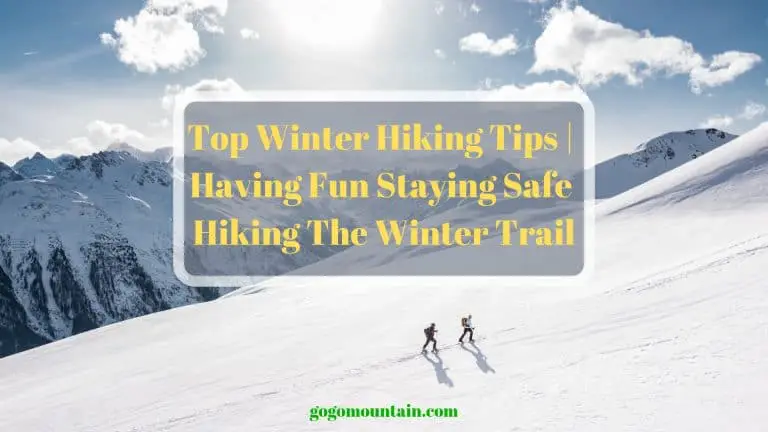How to Dress for Snowshoeing
Snowshoeing is an old transportation method turned into a modern hobby. While similar to hiking, snowshoeing has its winter activity characteristics when it comes to dressing correctly. Snow and cold weather are the biggest problems in snowshoeing.
Now that you’ve got your snowshoeing set, you may be wondering how you can make sure you’re going to enjoy yourself by wearing the right clothes.
Being prepared with the right clothes and the right footwear is essential on any snowshoeing adventure. The activity can last a few hours or even spread out to a few days. This is why planning to dress appropriately is important.
What to Wear Snowshoeing? Try Dressing in Layers
You can wear multiple layers of clothes for snowshoeing. This involves a base layer, a mid-layer, and a top layer. These layers are easy to put on and off, they keep you warm, and they also prevent sweating as you can easily take one of them down in case you feel too hot.
Base layer
The base layer is the starting point of good dressing for snowshoeing. This involves both the pants and the shirt which are primarily worn for warmth.
Thermal layer pants
Thermal layer pants for snowshoeing are the best when it comes to warmth. These sit close to your body providing the best heat retention. Thermal layer pants are also highly flexible and ideal for a lot of walking specifically snowshoeing.
Thermal layer shirt
A thermal layer shirt is crucial for upper body warmth. This long or short-sleeve shirt sits close to the body offering the much-needed thermal protection to brace high wind, snow, and cold weather exposure.
Synthetic base layers vs. Wool base layers
From all the materials you can choose for base layers, synthetic fabrics that tend to be the most popular. These are known for their low cost and synthetic fibers are also great at wicking moisture. These base layers are also quick-drying, perfect to pack for a multi-day snowshoeing adventure.
Merino wool base layers are thicker and sometimes warmer. Merino wool is also one of those materials that get you warm quickly. However, wool is not as breathable as the polyester of the synthetic base layer clothes.
Mid-layer
The mid-layer adds thermal protection that doesn’t sit directly on the body. As its name suggests, this layer of clothes sits between the base layer and the outer layer. Mid-layer clothes are clothes you put on before putting on the jacket and the snowshoeing pants.
Fleece windproof jacket
Fleece tops and jackets are ideal as a mid-layer. Zipped fleece tops are practical and easy to put on and take off. These are some of the most practical mid-layer tops for snowshoeing since they keep you warm. While you can’t wear mid-layer clothes directly on the skin as these absorb sweat, you put them on directly after the base layer.
Synthetic front zip jacket
Synthetic tops are a good alternative to fleece jackets as well. There are plenty of good options for both men and women to choose from for a lightweight mid-layer.
Windproof pants
Fleece pants that are windproof and water resistant, like the ones you can wear hiking or cycling, are an example of a mid-layer. You put these pants on over the base layer pants to add even more warmth and to keep your legs warm in deep snow.
Outer Layer
The outer layer is often seen as the most important as it provides protection from the elements. Outer layer snowshoeing clothes offer wind and rain protection. They ensure melting snow doesn’t get under the clothes.
Rain jackets
There are multiple types of jackets to consider for snowshoeing. Some people consider ski jackets as perfect for the sport. However, a good rain jacket with minimum insulation is a great start for snowshoeing. This type of jacket is what drivers people to cover longer distances snowshoeing as it is lightweight.
Softshell jackets
Softshell jackets offer wind and rain protection, similar to a light rain jacket. However, good softshell jackets for snowshoeing will also come with thicker insulation which provides more heat protection to the upper body.
Softshell jackets are made in men’s and women’s sizes so you should choose accordingly. These are made in all sizes and they often come with a hoodie to cover your head in extreme weather.
Parka jackets
When you’re choosing a parka jacket, look at the Temperature rating. For example, this parka jacket is rated for -40 Fahrenheit weather. Then research how cold the day can get at your chosen snowshoeing adventure location. If you’re out for hours and then make your way back, you want to be protected even if the temperature drops.
As well, choose the size by making sure it will accommodate your base layers and mid layers.
Finally, you’ll make to make sure it has waterproof and windproof materials.
Parka jackets are a popular choice for snowshoeing given their thick insulation and size.
Softshell pants
Softshell pants are the ideal pants for snowshoeing. These lightweight pants are breathable yet waterproof. You can wear these pants almost anywhere as long as they fit correctly. Most softshell pants fit wider around the legs as they’re designed to be worn with a base layer.
Insulated pants
Insulated pants are ideal as an outer layer for the lower body. These come in all types of materials and all of the insulated pants for snowshoeing are made with waterproofing.
Footwear for Snowshoeing
Boots are arguably the most important part of dressing in snowshoeing. They keep your feet warm and dry. Even the best snowshoeing outfits count for nothing without the right boots.
Socks
Moisture wicking for hours of activity is a must. You’ll be wearing a couple more layers, so you’ll want it to be breathable. Choose one designed for winter sports so that they can withstand activity for hours without adjustment.
Snow boots
Hiking boots are ideal for snowshoeing. With good insulation, comfortable insoles, grip-orientated outsoles, and waterproofing, snowshoeing boots need to fit correctly. They are rarely used without gaiters but they should still be made with waterproofing.
You’ll want to look for winter temperature protection as well as good traction.
For better movement, you don’t need to get the tallest boots because you’ll be putting on gaiters. Usually the best boots are past the ankle height to give enough space between the top of the boots and gaiters, to properly protect you from the snow.
Some favorite examples are the Salomn Toundra Pro for Men, and Sorel Caribou Waterproof for Women.
Gaiters
Gaiters are essential in snowshoeing. They keep snow away from your legs. Most gaiters cover the legs up to the knee, which is just about the maximum depth of snow snowshoers tackle.
Accessories
Snowshoeing fans also need the right accessories apart from the right clothes. Hats, gloves, and sunglasses are a must.
Hats
Good hats are essential in snowshoeing. They should be made with insulation and waterproofing. Since snow can melt on the hat you want to keep water away from your head. This is only possible with waterproof hats.
For mild weather, you can get away with a warm chunky beanie.
For wind, snow, and freezing temperatures, you’ll want to use waterproof trapper hat with optional face protection to protect your ears and face. Choose synthetic fur for comfort.
Gloves
Hiking gloves or ski gloves are great for snowshoeing. These types of gloves are made with insulation and materials such as Thinsulate fleece. They should also come with waterproofing to keep your hands both warm and dry.
A neat feature to look out for is the touch screen fingers, so you can still look at the maps on your phone.
Sunglasses
Sunglasses are essential for protecting your vision and for correctly navigating snowshoeing. White snow is reflective and you can easily find it difficult to see out in the distance without wearing sunglasses.
When you’re looking for snowshoeing glasses, you should look for a wide lens design that keeps the wind out of your eyes.
A neat feature are wrap sunglasses so that you can keep your peripheral vision.
If you know there will be more extreme weather while you’re snowshoeing, be prepared with ski goggles for the best eye protection.
Snowshoe Essentials
Let’s not forget the essentials of the sport: snowshoes, gaiters, and trekking poles.
Takeaway
Dressing for snowshoeing is all about layers. You need to master dressing in layers so that you can easily get some clothes off when feeling hot. Dressing in layers also prevents excessive sweating, one of the biggest problems in snowshoeing.
The right boots are also a must when it comes to tackling tall snow. Boots that are at least mid-high are required in snowshoeing. Unlike hiking, snowshoeing often requires going into deeper snow where the right gaiters are often needed together with the right boots.
The outer layer of snowshoeing clothes needs to come with waterproofing. Clothes that get wet aren’t made for this sport as are clothes that are too thick and which retain sweat and moisture.
The right clothes for snowshoeing are also lightweight, unlike casual clothes. Traveling with the least amount of weight possible on your shoulders is certainly recommended in snowshoeing where your adventure covers up to a few miles per day.










